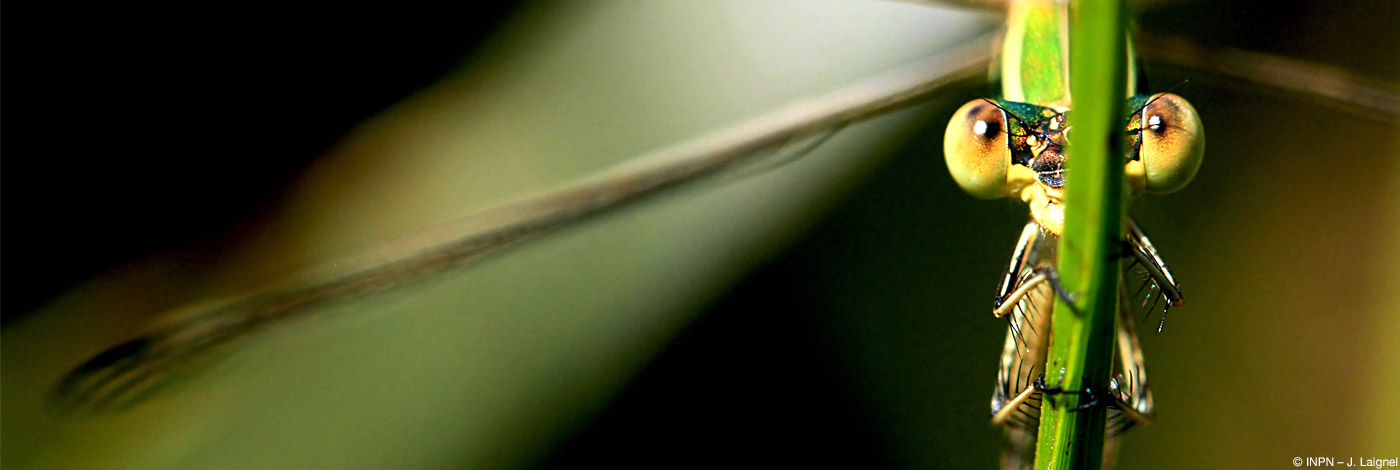

 Naturae
2020 (14) - Pages 213-218
Naturae
2020 (14) - Pages 213-218In recent years, Asian clams and especially Corbicula species (C. fluminea (O. F. Müller, 1774) have widely and rapidly colonized several large river basins in France (Loire, Garonne, Rhône) and in Europe, as in other loci of introduction. Their exponential development and their filtration capacities have impact on environments, and can at least locally cause competition between native and introduced species. Beyond their effect of filtering organisms, Asian clams have also been integrated into aquatic food webs, becoming the prey of species as diverse as fishes (Catfish Silurus glanis (Linnaeus, 1758)), birds (wader species), mammals (Muskrat Ondatra zibethicus (Linnaeus, 1766), Raccoon Procyon lotor (Linnaeus, 1758)) or crustaceans (crayfish). They are consumed alive or exploited as corpses during episodes of mass mortality. In recent years, Asian clams were used by research and field work. Some of them, funded by the Research / Data / Information component of the Loire Grandeur Nature Plan and coordinated by the Orléans Museum, have promoted Asian clams as biomarkers of aquatic fauna contamination by toxic compounds (pesticides, metals, anticoagulants, radio elements) collected by filtration and transmitted by successive predations to the rest of the aquatic food web.
Corbicula fluminea, Corbicula fluminalis, Toxicology.